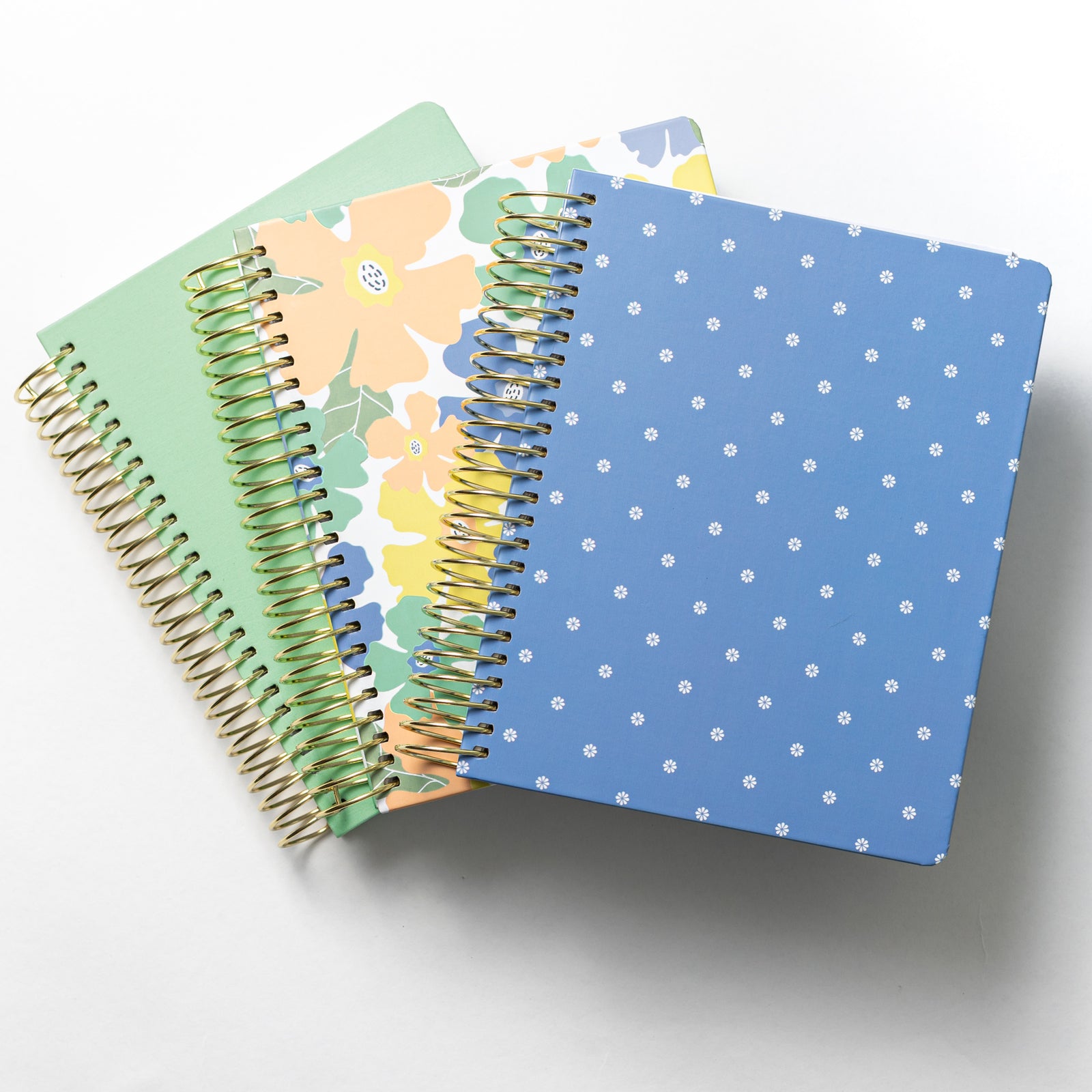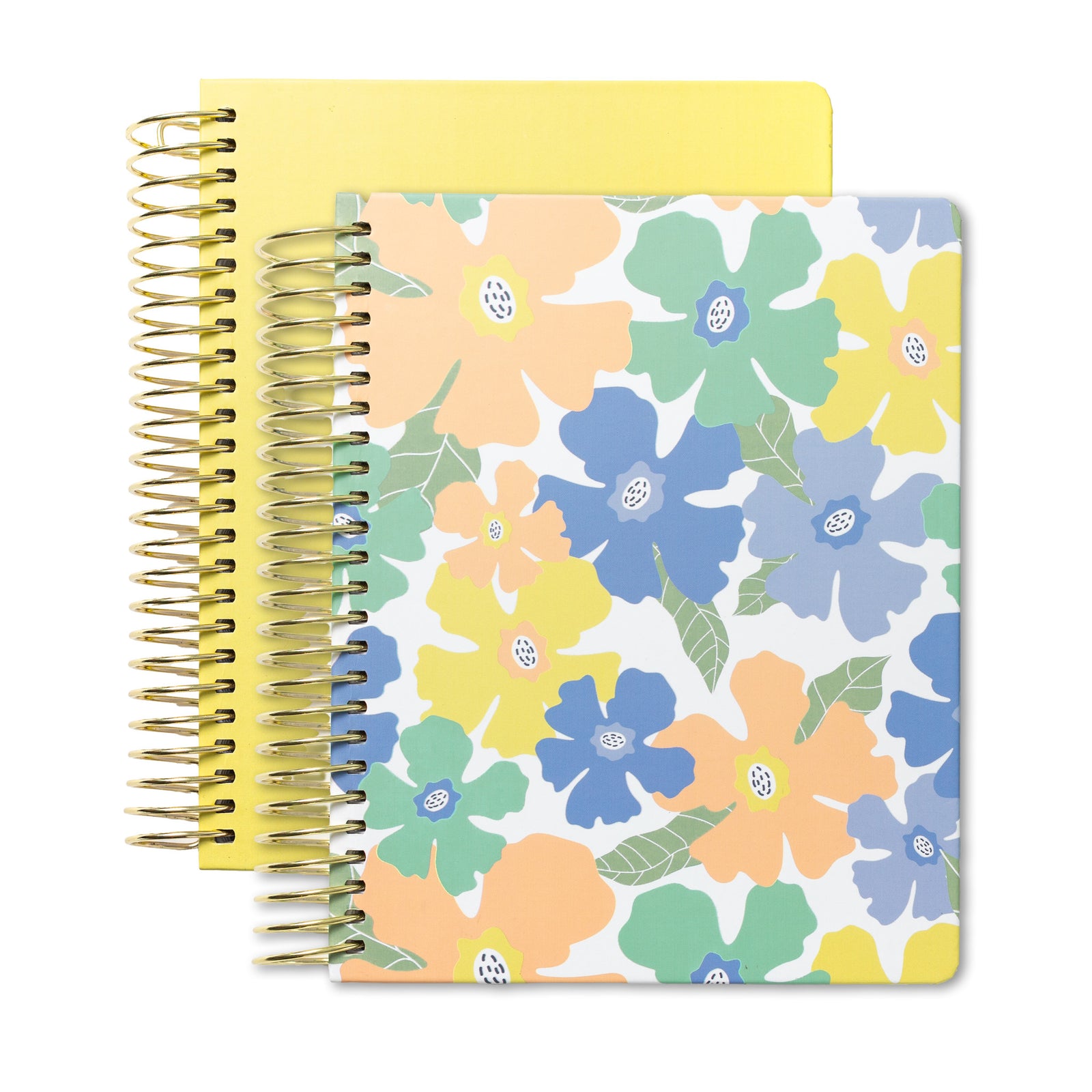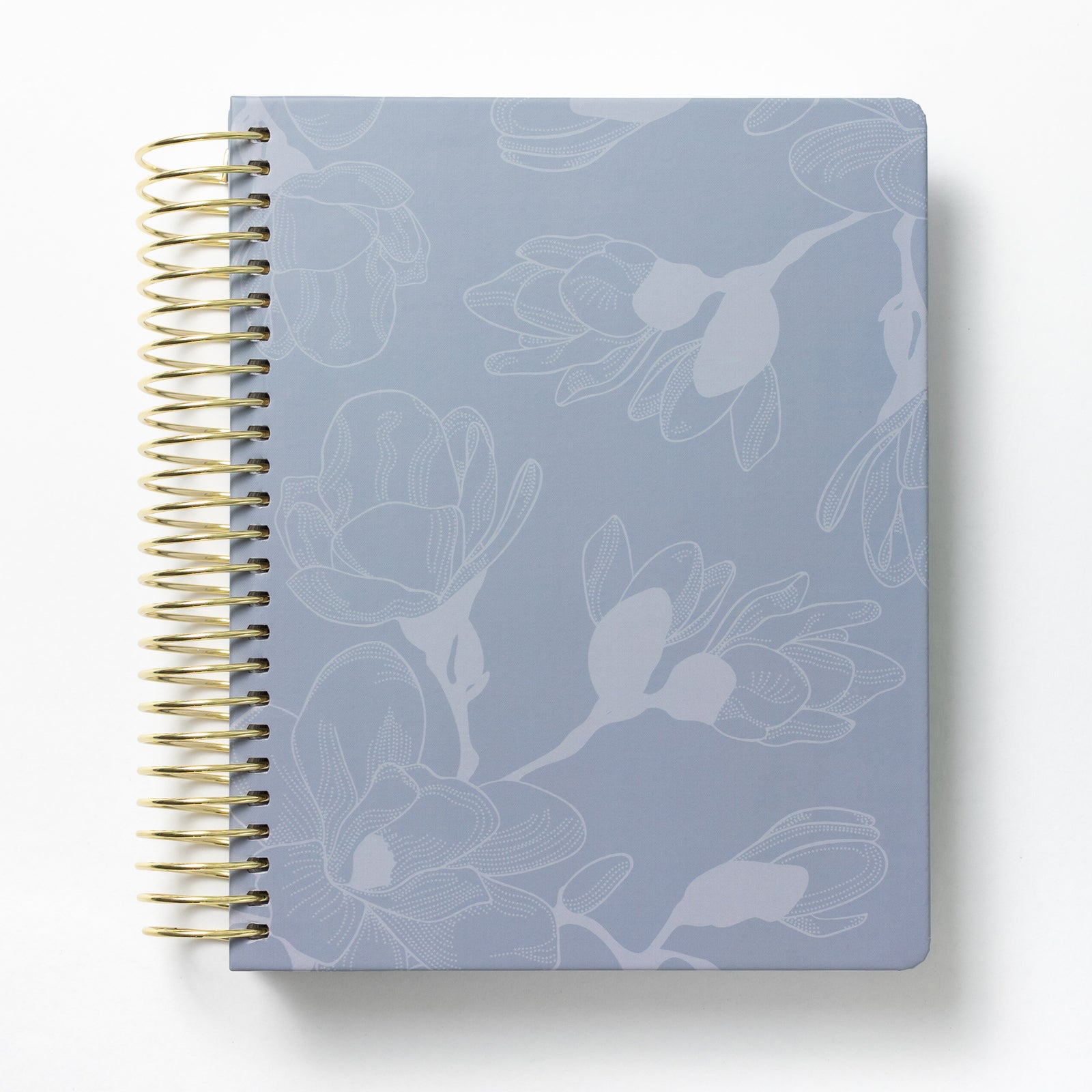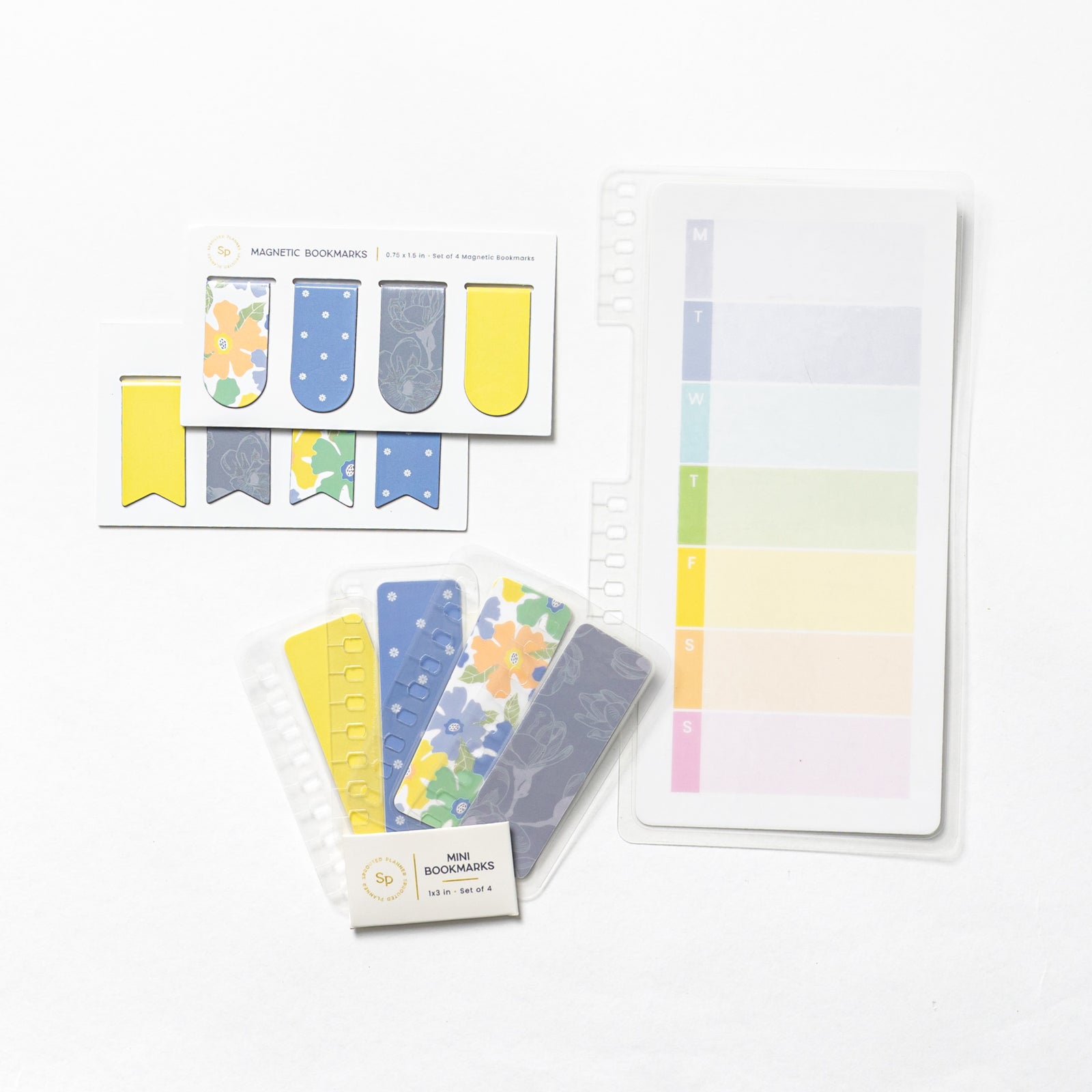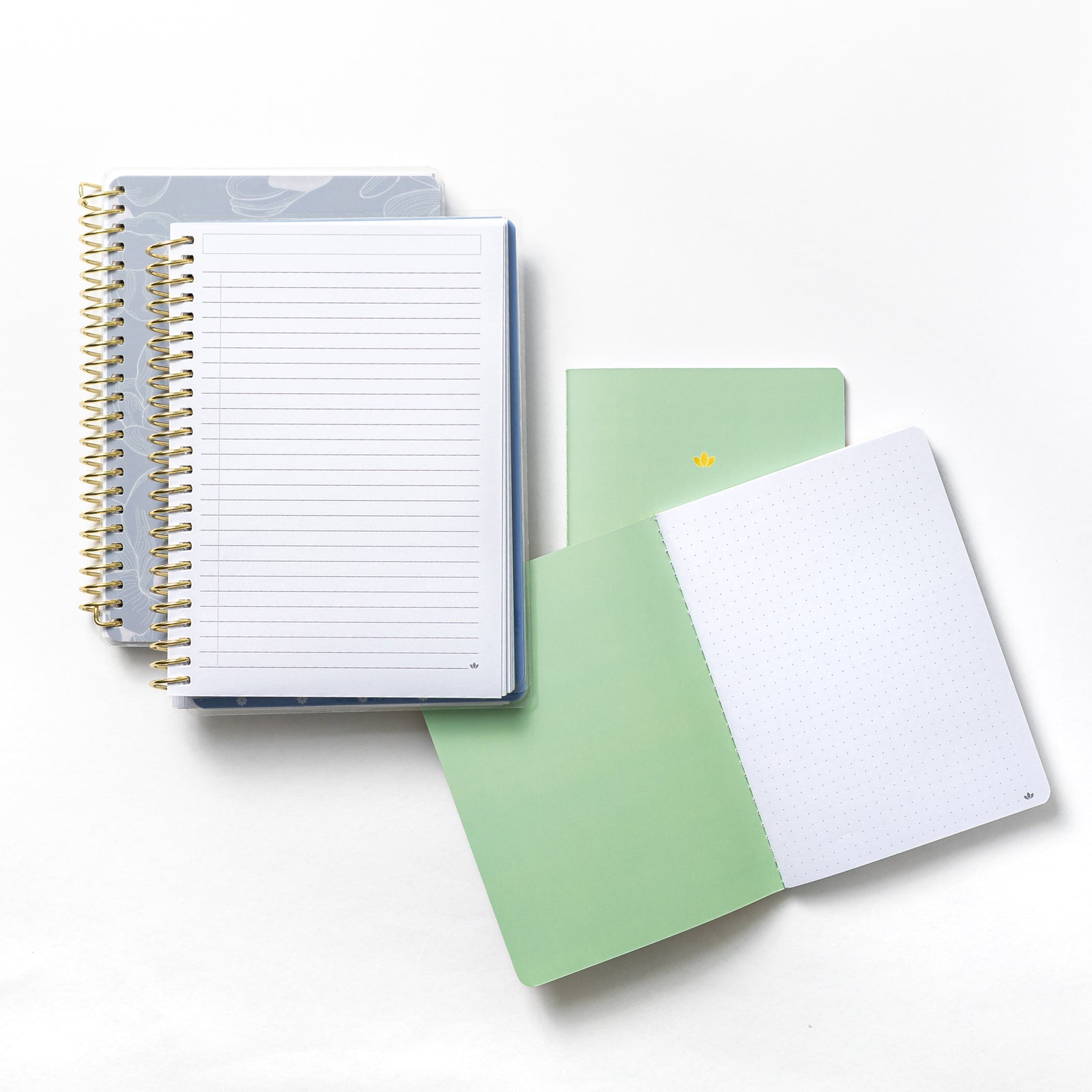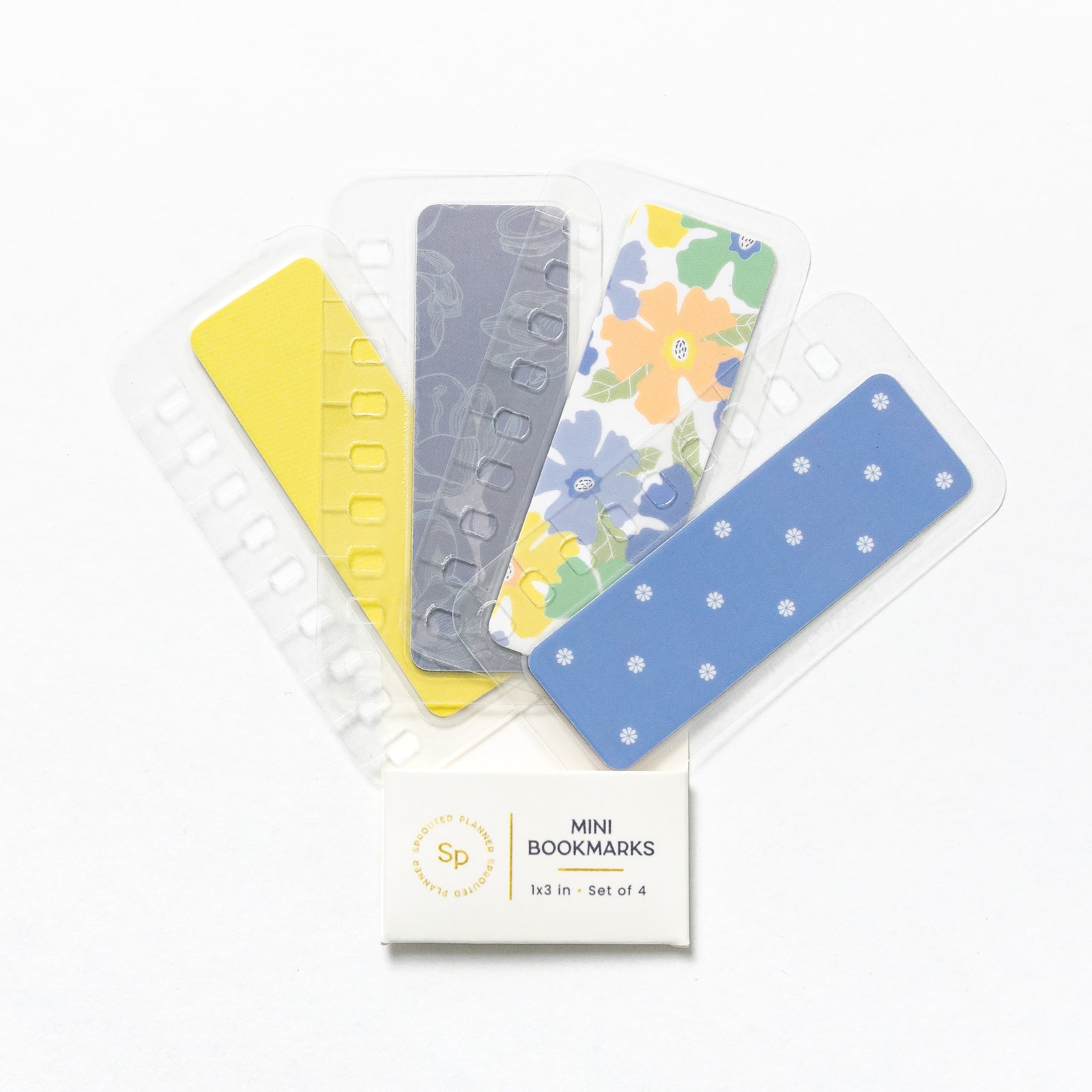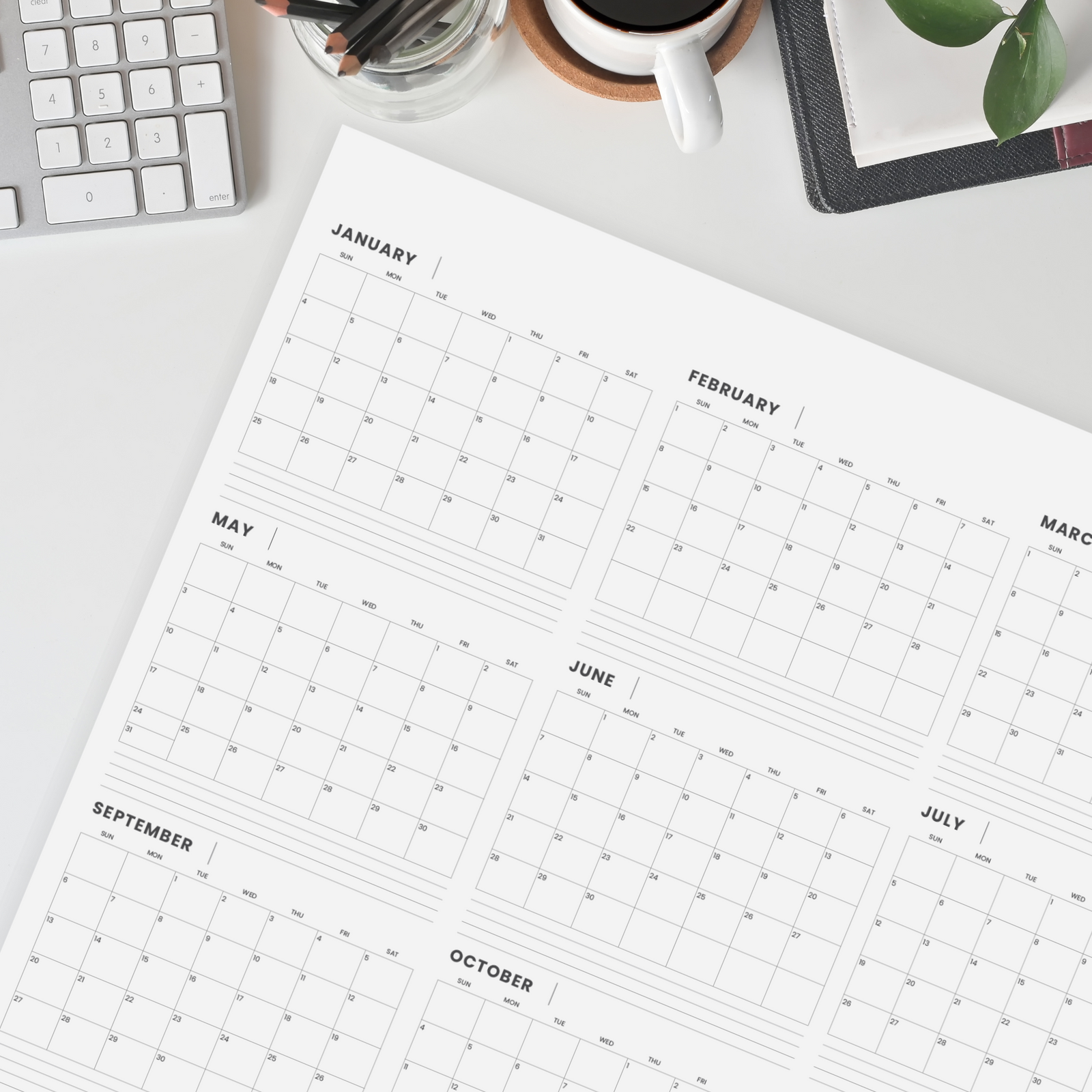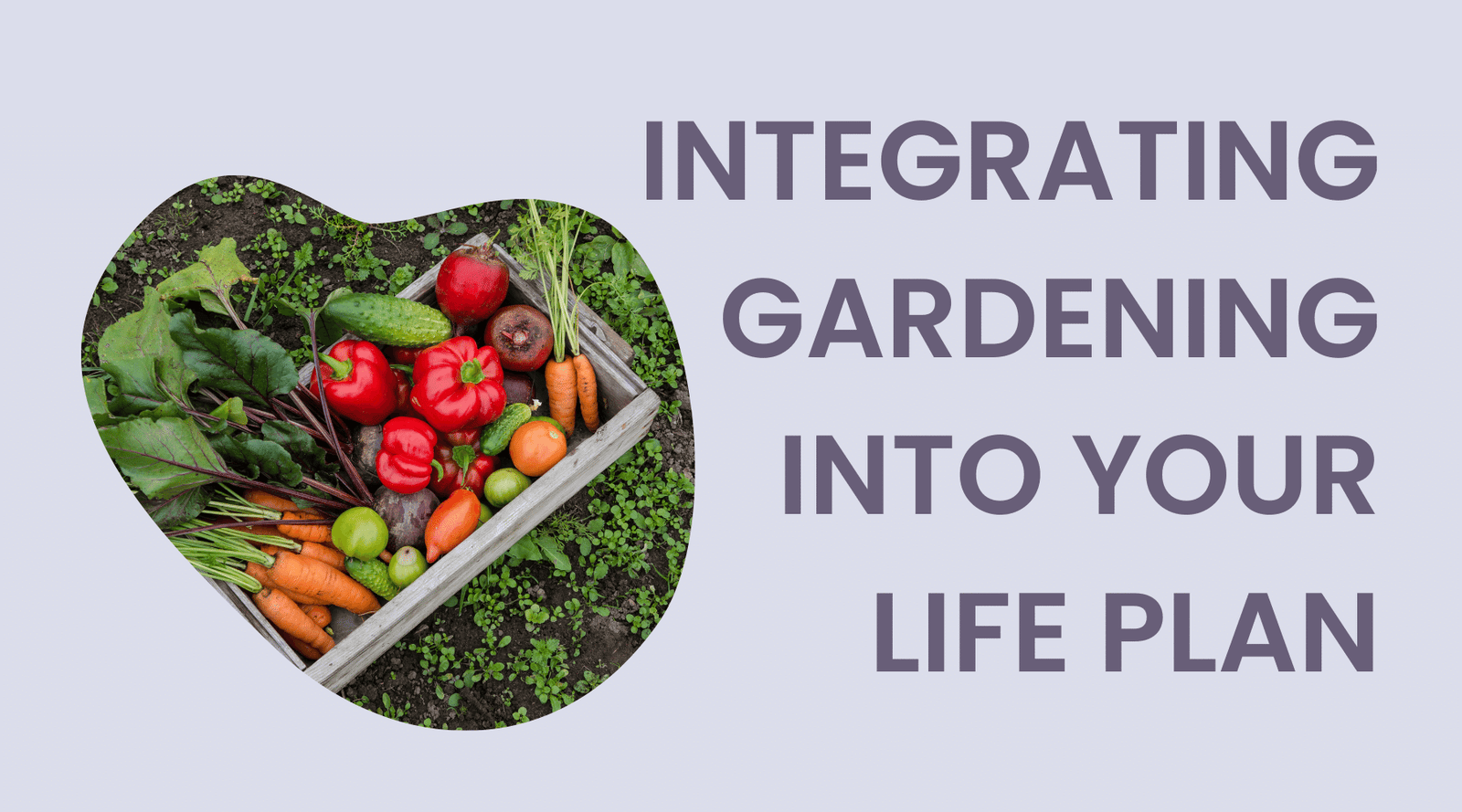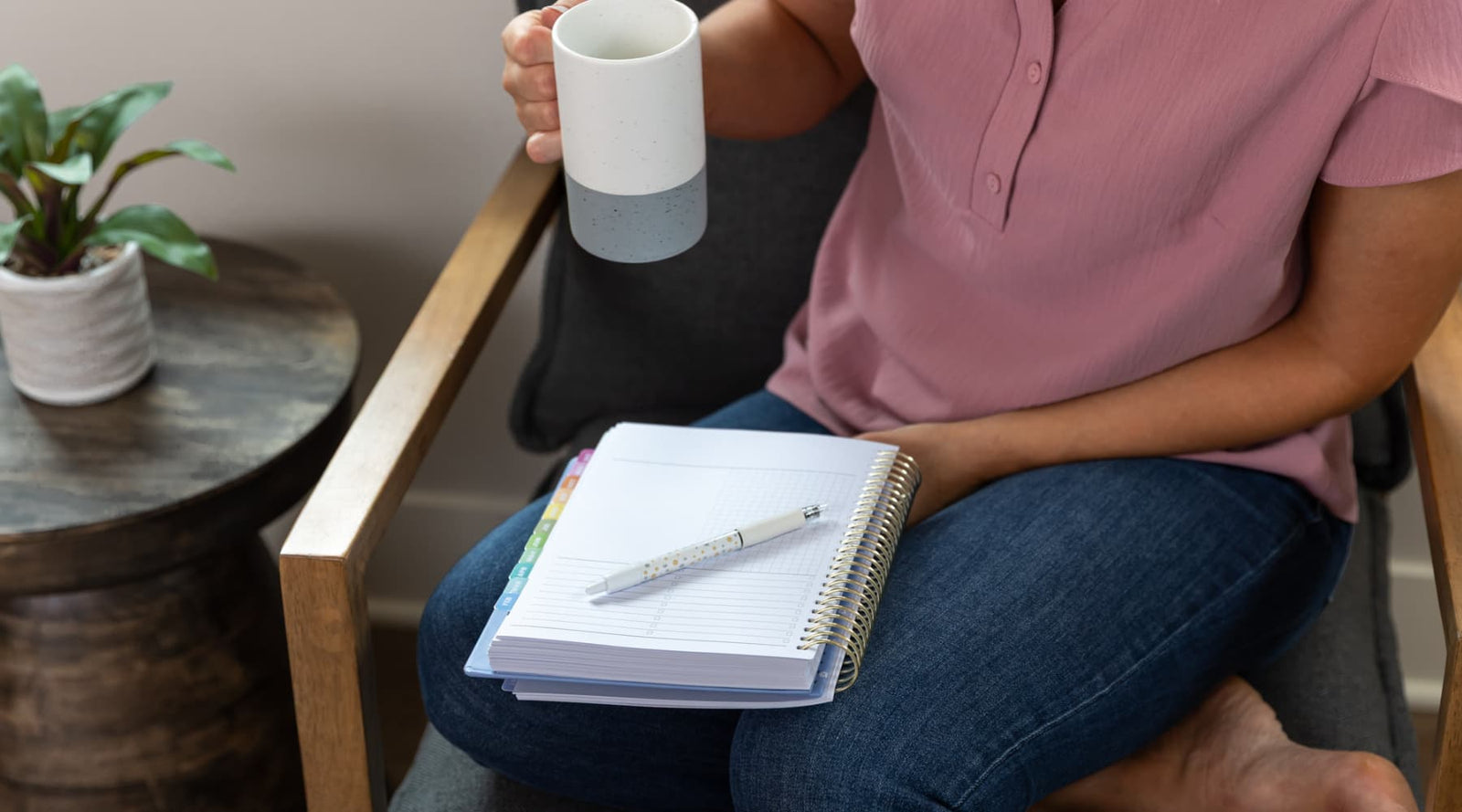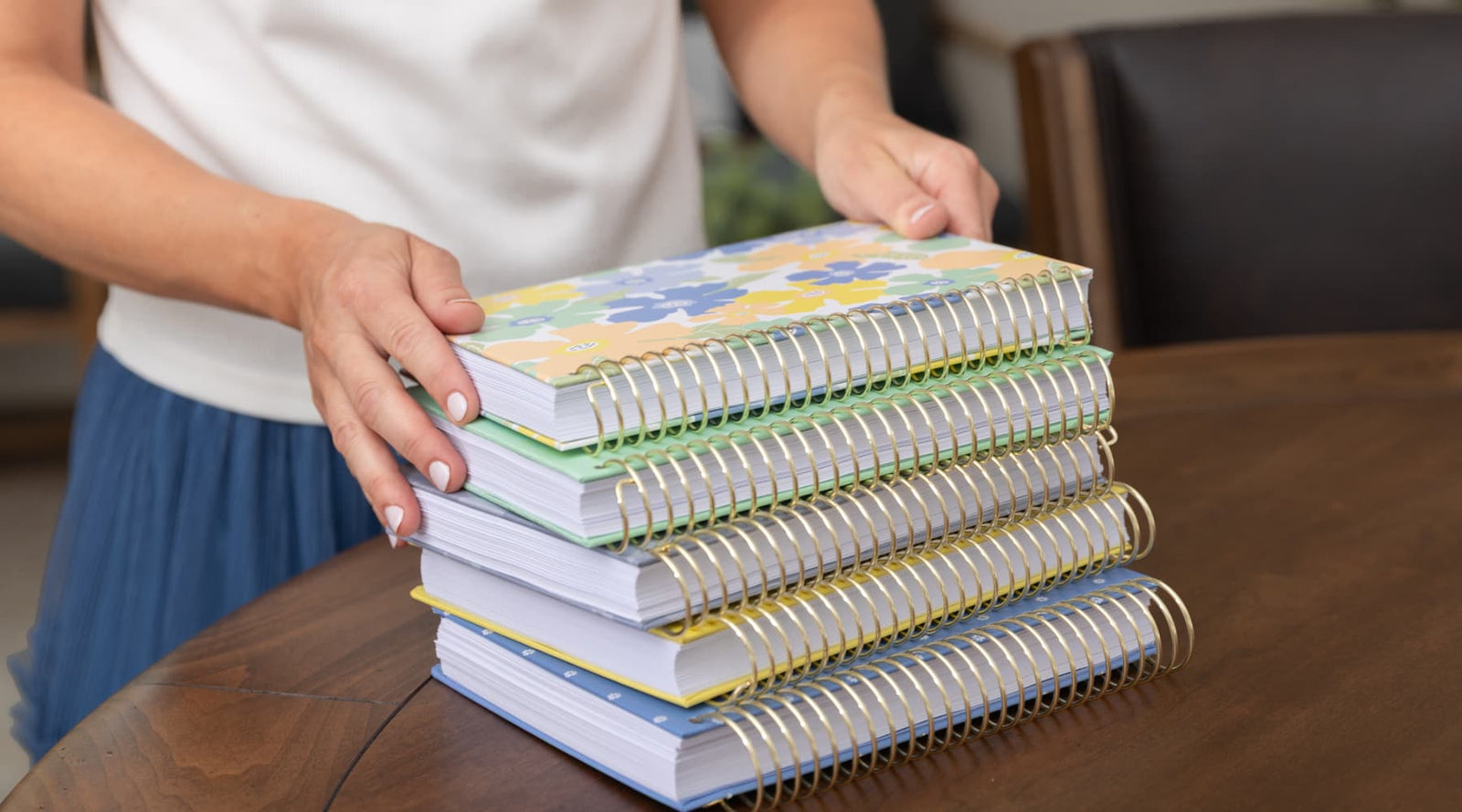In today's sustainability-focused world, gardening emerges as a key to a greener lifestyle, attracting a wide audience beyond just hobbyists. This post will explore how gardening blends into sustainable living, transforming from a simple hobby to a commitment towards a healthier life and planet. We'll cover practical gardening tips, ways to weave gardening into your daily life, and sustainable gardening practices, showcasing gardening's role in personal well-being and environmental stewardship. Whether you're new to gardening or a seasoned green thumb, join us in discovering the enriching benefits of integrating gardening into your lifestyle.
The Appeal of Gardening in Contemporary Lifestyles

In our current, often hectic world, gardening stands out as a serene and meaningful pursuit for people across different age groups. What was traditionally viewed as a retiree's hobby has now gained widespread popularity, engaging millennials, Gen Xers, and Gen Zers alike. The allure of gardening extends beyond its aesthetic benefits to significantly impact mental and physical health, and environmental awareness.
Gardening is acclaimed for its therapeutic qualities, offering natural relief from stress and a source of emotional renewal. Research indicates that immersing oneself in greenery can decrease cortisol levels, reduce blood pressure, and mitigate symptoms of anxiety and depression. The act of caring for plants, whether through the rhythmic motions of pruning and planting or the simple connection with the earth, provides a mental haven away from modern life's demands.
Additionally, gardening encourages physical activity, leading to better health. It involves a variety of tasks such as digging, planting, watering, and weeding, which boost cardiovascular health, strengthen muscles, and improve flexibility and coordination. The visible outcomes of these efforts—a flourishing garden—act as a concrete reward for physical labor, inspiring continued activity and engagement.
Read here about how gardening helps improve mental health!
Gardening is also crucial for fostering environmental sustainability and stewardship. As concerns over climate change and food security grow, many individuals view gardening as a way to lessen their ecological footprint and foster a stronger bond with the environment. Practices like composting, conserving water, and choosing native plants allow gardeners to reduce their impact on the earth while supporting biodiversity and ecological resilience.
Adopting 'Life Plan Gardening'—integrating gardening into one's comprehensive life strategy—is about more than growing plants; it's about cultivating a lifestyle centered on wellness and sustainability. By embedding gardening into long-term goals, individuals can enjoy the extensive benefits of this age-old practice, enriching both their lives and the planet. From designing a perennial garden that thrills year after year to starting a vegetable garden that enhances one's diet, gardening offers limitless possibilities for personal and literal growth. Ultimately, embracing the gardening lifestyle is a philosophy—a commitment to coexist peacefully with nature and contribute to a greener earth.
Gardening requires not just passion, but also planning. Utilizing a range of planners, such as a monthly planner for seasonal planning, a daily planner for tracking daily growth and garden tasks, or a weekly planner for broader garden management, can transform your gardening experience.
Gardening for Beginners: Your Guide to a Thriving Green Space

Embarking on your gardening journey might seem overwhelming at first, but with the right tools and knowledge, anyone can create a flourishing garden. Here’s a concise guide to get you started.
- Selecting the Right Tools: The foundation of a successful garden begins with quality tools. Investing in essentials like hand trowels, pruners, watering cans, and gloves can significantly ease your gardening tasks. Resources like the 'Green Thumbs Guide' offer expert advice on must-have tools, setting you up for success right from the start.
- Understanding Soil and Plant Care: A thriving garden relies on healthy soil and proper plant care. Conduct a soil test to learn about its pH, nutrients, and drainage, which will inform your gardening practices. Familiarize yourself with different plants' needs—sunlight, water, spacing, and common pests—to make informed choices for your garden.
- Getting Started: With your toolkit ready and a grasp on soil and plant basics, it’s time to get planting. Prepare your garden bed or containers by loosening the soil and clearing debris. Choose your plants or seeds, plant them with care, and provide consistent water and sunlight. Regular monitoring and adjustments are key to nurturing your garden’s growth.
By breaking down the process into manageable steps, beginners can confidently start their green journey. From choosing the right tools to understanding the essentials of plant care, each step is a move towards cultivating a garden that brings joy and fulfillment. So, embrace the process, get your hands dirty, and watch your garden thrive.
Whether you're a seasoned gardener or just starting your green journey, utilizing tools like a daily planner or hourly planner helps keep track of each plant's needs and progress.
Integrating Gardening into Your Daily Life and Thriving in Limited Spaces

Incorporating gardening into your daily life is both achievable and immensely rewarding, irrespective of your living situation or schedule. Urban dwellers and those with limited space can find joy and connection in small-scale gardening, transforming even the tiniest spaces into lush green oases. Urban gardening transforms the challenge of limited space in densely populated areas into an opportunity for creating lush green spaces. For those in small apartments or urban settings, a variety of innovative solutions enable the maximization of every available inch, turning even the smallest areas into vibrant gardens.
To start, assess the space you have—balconies, patios, windowsills, or even walls can all serve as the foundation for a thriving garden. Employing vertical gardening techniques, like trellises, hanging planters, wall-mounted shelves, or even living walls and modular planters, allows for a variety of plants to flourish in compact areas. Container gardening, utilizing pots, planters, or repurposed containers, offers the greatest versatility, suitable for both indoor and outdoor settings, making gardening accessible regardless of space.
Click the link here for ideas on how to do vertical gardening on your balcony!
Balcony gardening and vertical gardens push the concept further by using every available inch creatively. Systems like hanging baskets, railing planters, and vertical structures encourage upward growth, efficiently using space and adding visual appeal, thereby enabling a mix of flowers, herbs, and vegetables to flourish. Innovations like self-watering containers and elevated planters make small-scale gardening easier and more productive.
Integrate gardening tips into your Life Plan Gardening by marking the best planting times for various crops in your planner 2024, ensuring that you're well-prepared for each season. For gardeners living in more confined spaces, integrating urban gardening techniques into yourplanner binder or using planner inserts designed for gardening can help maximize your space and yield.
Integrating gardening into your daily routine involves dedicating time for garden care, such as watering, pest checking, or harvesting. Establishing a consistent schedule ensures your garden thrives without disrupting your lifestyle. Furthermore, incorporating gardening into your daily activities, such as during morning or evening routines, or as part of leisure time, enhances your connection to nature and overall well-being.
Check out this article on LinkedIn that explains more about how incorporating garden tasks in your daily routine is beneficial.
Urban gardening techniques are solutions to the spatial challenges of city living, enabling the creation of green sanctuaries on balconies, rooftops, or window sills. These methods bring nature’s touch to the urban environment, offering beauty, nourishment, and a profound connection to the natural world.
In conclusion, gardening is an enriching addition to daily life, offering a seamless integration into urban lifestyles. It provides beauty, nourishment, and a connection to nature, inviting everyone to begin their gardening journey, irrespective of space constraints. So, grab your trowel, and let's get gardening!
Sustainable Gardening: Cultivating a Healthier Planet

Sustainable gardening goes beyond cultivating beautiful plants. It's about supporting the planet's health and ensuring our well-being for future generations. Adopting eco-friendly methods like composting, growing native species, and water conservation is crucial for environmental sustainability and biodiversity protection.
Composting transforms organic waste into valuable soil amendments, reducing our dependency on chemical fertilizers and decreasing landfill waste. This process not only enriches the soil and supports plant health but also cuts greenhouse gas emissions, helping mitigate climate change.
Read here for how to create your own compost!
Incorporating native plants into gardens supports local ecosystems and wildlife, requiring less water and fewer chemicals due to their adaptability to local conditions. This approach conserves resources and reduces pollution, contributing to a healthier environment.
Water conservation is vital in gardening, with techniques such as mulching, using drip irrigation, and harvesting rainwater minimizing waste and preserving freshwater resources. These practices not only safeguard the environment but also offer savings on water bills and reduce exposure to waterborne chemicals.
By integrating sustainable practices, gardeners can enjoy the benefits of a thriving garden while playing a part in creating a sustainable future. Each eco-friendly action, from composting to conserving water, contributes to a healthier planet. Let's embrace sustainable gardening and nurture a garden that sustains both us and the earth.
Sustainable practices can be scheduled and monitored through yourplanner, such as compost turning days or water conservation methods, embodying a true gardening lifestyle. Implement home gardening essentials and sustainable gardening practices within your planning to ensure not just a flourishing garden, but a sustainable one.
The Therapeutic Benefits of Gardening

Gardening offers more than just the physical act of caring for plants; it fosters a deep connection with nature that benefits the mind, body, and soul. It effectively reduces stress, enhances mental and emotional health, and provides a sense of purpose.
Gardening's repetitive tasks, such as planting and pruning, promote relaxation, helping to lower stress levels and alleviate anxiety. This activity also boosts mood and well-being, with the nurturing of plants leading to feelings of accomplishment and the outdoor environment increasing serotonin and endorphin levels for happiness and contentment. The sight of vibrant flowers or the taste of home-grown produce can significantly lift spirits.
Additionally, gardening improves cognitive function and overall life quality. It involves problem-solving and decision-making, keeping the brain engaged, while the sensory experiences of touching, smelling, and hearing nature encourage mindfulness and present-moment awareness.
In summary, gardening acts as therapeutic therapy, offering a holistic way to enhance mental and emotional health. It invites a connection with the natural world, providing solace, inspiration, and a path to a happier, healthier life. Whether in a sprawling garden or a small urban space, the act of gardening invites us to reap the benefits of growth, mindfulness, and connection to nature.
From Garden to Table: The Joy of Growing Your Own Food

Growing your own food brings a unique joy that transcends mere sustenance, offering a deep satisfaction from seed to plate. This labor of love is not only a testament to the rewards of patience but also to the tangible delights of harvesting your own produce.
Homegrown fruits, vegetables, and herbs offer unparalleled freshness, picked at the peak of ripeness. The difference in taste and texture is significant, highlighting the care invested in each plant. Moreover, the process fosters a connection to the land, seasons, and life cycles, enhancing our appreciation for nature's interconnectedness.
Read here to find out what are the easiest fruits and veggies to grow for beginners!
Cultivating your own food also empowers you to take control of your food supply. It reduces reliance on industrially farmed foods, addressing environmental and health concerns by ensuring your produce is free from harmful chemicals. Additionally, it allows for exploring a diverse array of crops and flavors through organic and heirloom varieties.
In essence, the journey of growing your food enriches your life beyond the garden, offering fresh, flavorful, and nutritious produce as a reward for your efforts. Whether you have a large garden or a small balcony, embarking on this journey promises a fulfilling and tasty experience.
Start Your Gardening Journey Today
We encourage you to share how you've integrated gardening into your life plan using your planner. Whether it’s through the meticulous scheduling of planting in a2024 planner book or the artistic joy of sticker planning in adot grid notebook, your stories can inspire a community of gardeners. Share your tips, success stories, and perhaps even your favorite urban gardening techniques in the comments below or on our social media platforms. Gardening is not just about cultivating plants; it's about growing a sustainable lifestyle, and a planner could be the perfect tool to help you achieve just that.


